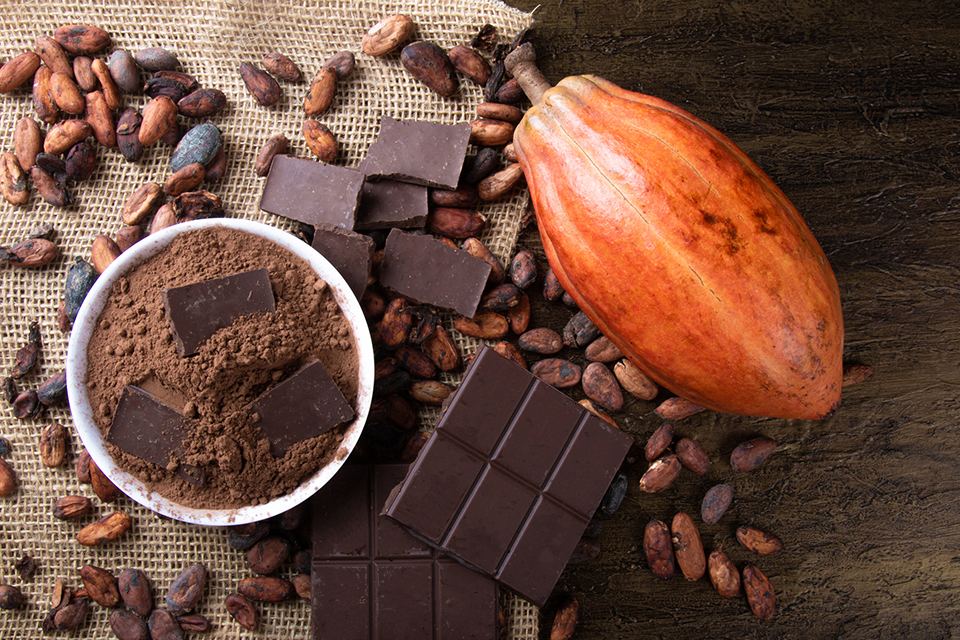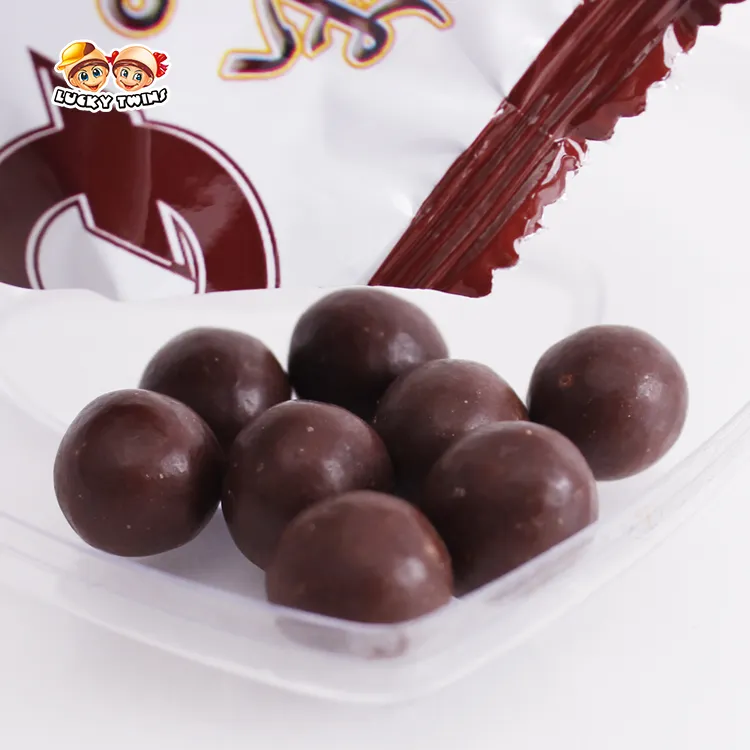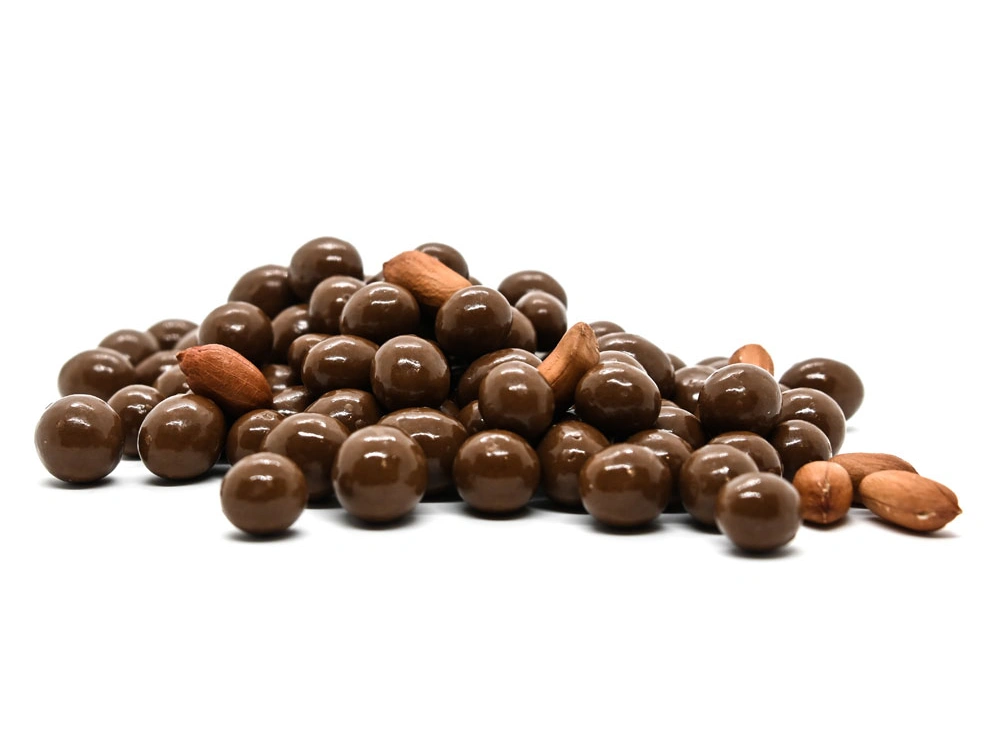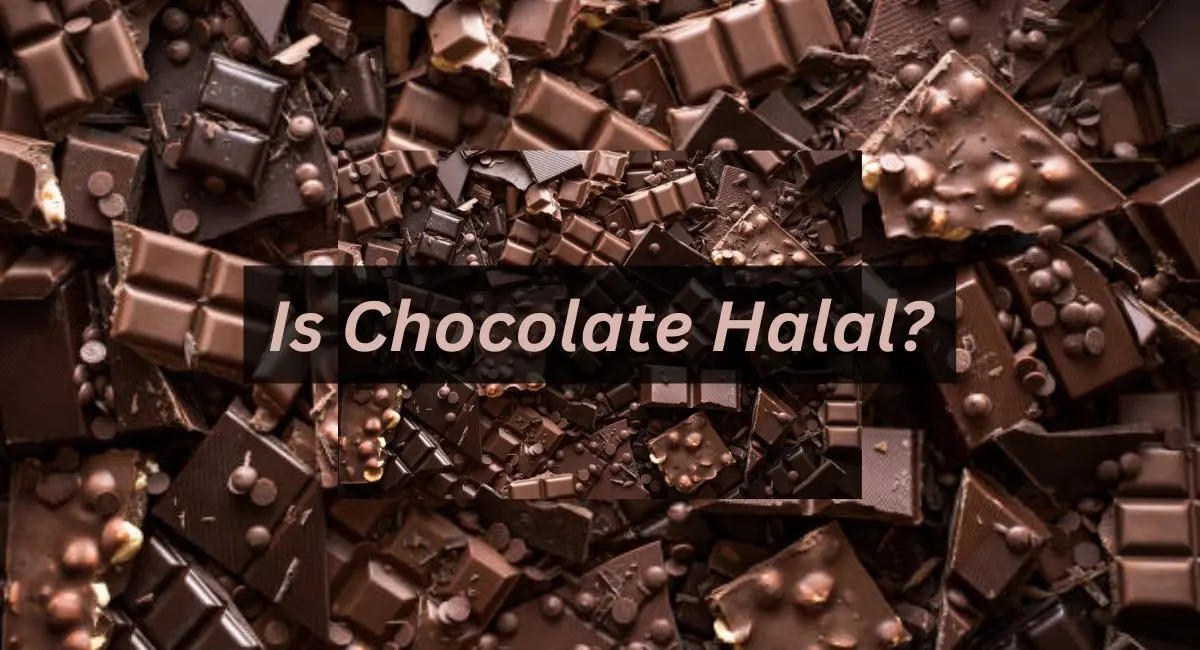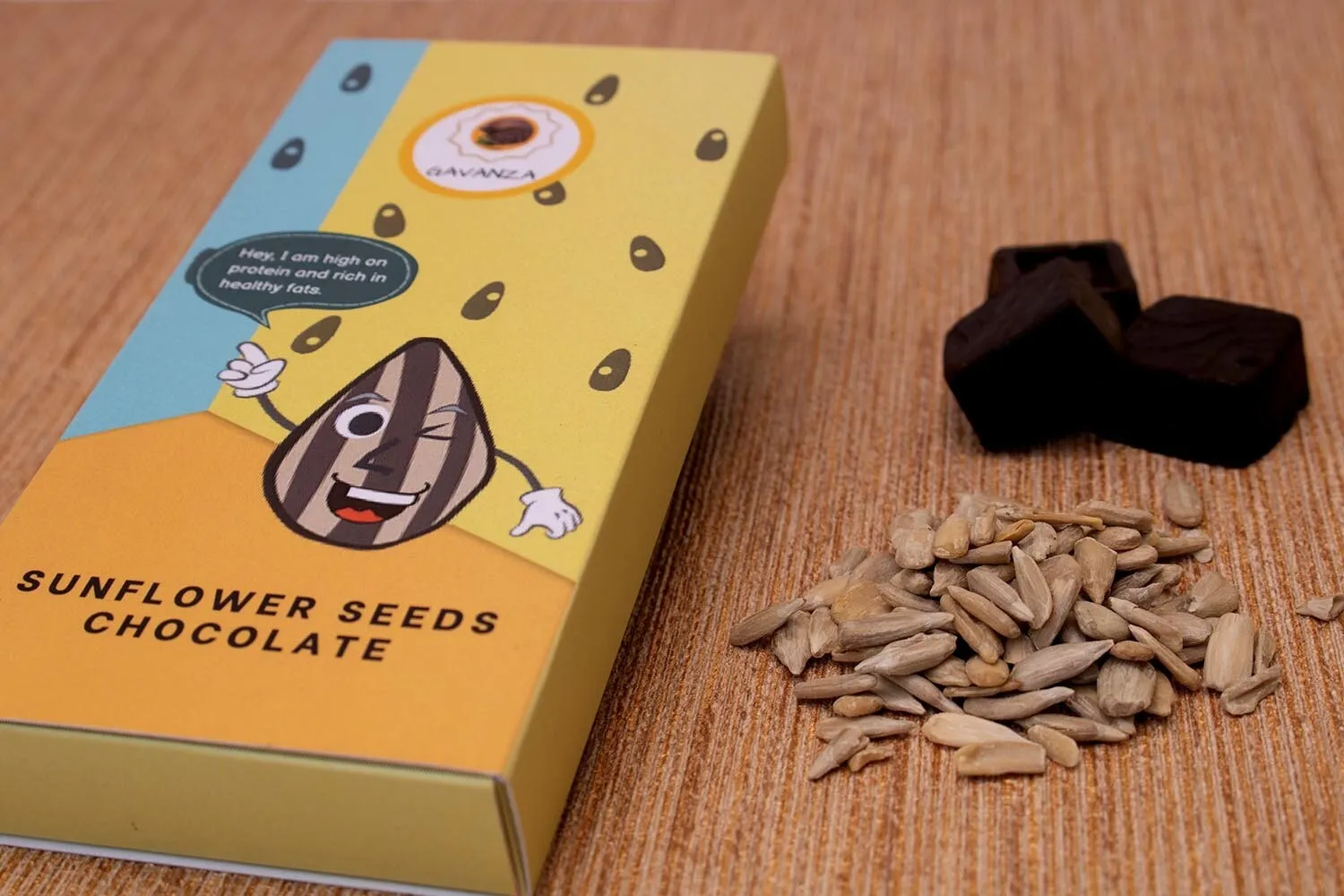Le chocolat est une merveilleuse friandise qui se présente aujourd'hui sous de nombreuses formes, qu'il s'agisse de bonbons, de desserts, de truffes, de biscuits ou de boissons chaudes au cacao, son goût riche attire tous les amateurs de chocolat. De l'Amérique du Sud à la Méso-Amérique, puis au reste du monde, le chocolat a parcouru un long chemin avant d'arriver jusqu'à nous.
Mais savez-vous que le chocolat est bien plus qu'un simple aliment ? Vous êtes-vous déjà demandé qui avait inventé le chocolat ? Comment le chocolat est-il devenu un élément de notre Lucky Food Vente en gros de snacks au chocolat? Dans cet article, Le fruit de la chance vous raconte l'histoire du chocolat.
L'histoire du chocolat
Le chocolat, dont l'origine remonte à plus de 5 000 ans, est originaire de la forêt amazonienne et du bassin de l'Orénoque en Amérique du Sud. Ces régions offrent des conditions de croissance idéales pour les cacaoyers, notamment une forte humidité, des précipitations abondantes et un climat chaud. Les fèves de cacao ont été domestiquées pour la première fois par la culture Mayo-Chinchipe sur le site de Santa Ana-La Florida (SALF), près de l'équateur en Amérique du Sud, il y a au moins 5 300 ans, avant d'être introduites en Méso-Amérique.
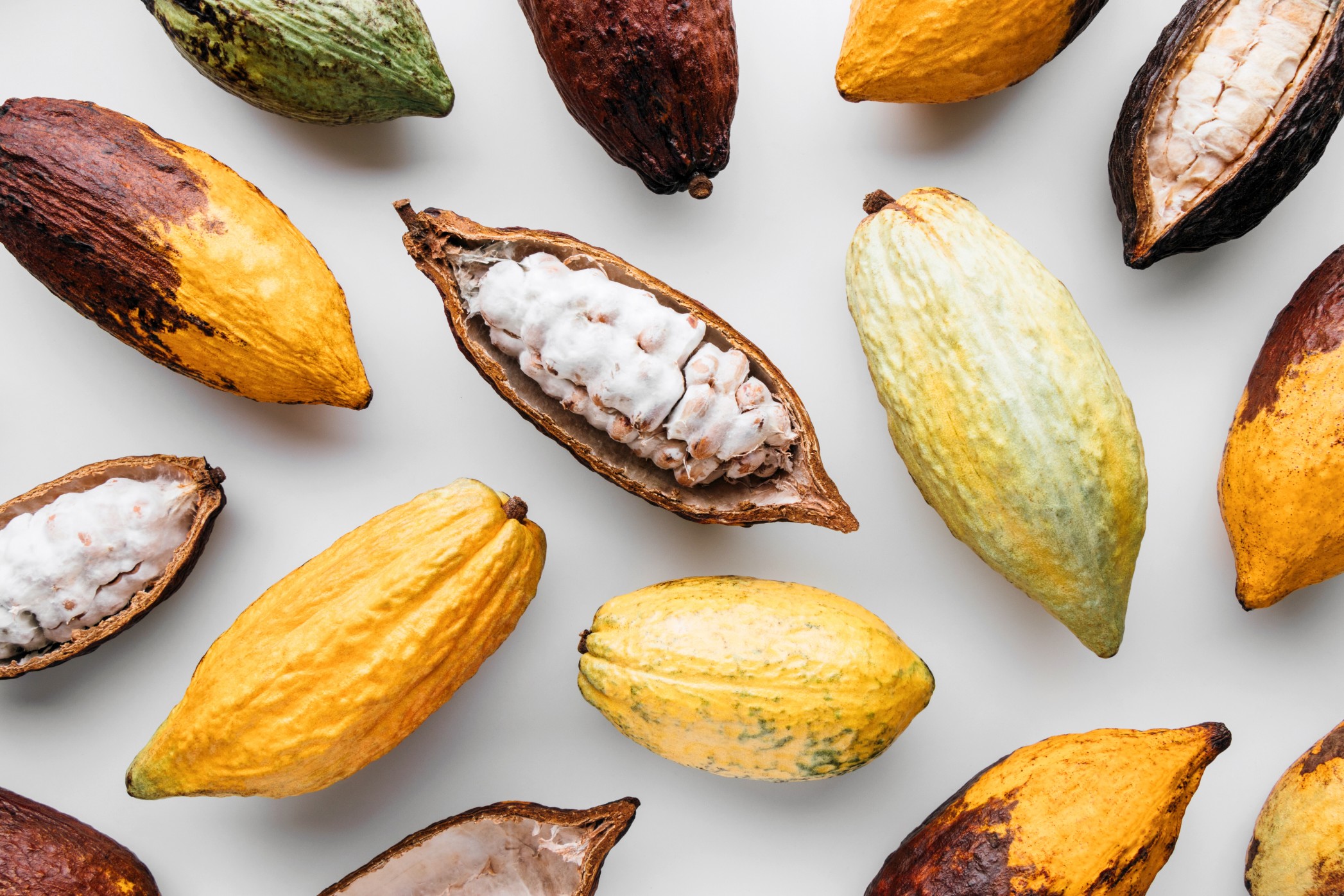
Civilisation olmèque (vers 1500 av. J.-C.)
La civilisation olmèque de Méso-Amérique est l'une des premières civilisations connues à avoir cultivé des cacaoyers et utilisé des fèves de cacao. Bien que l'on sache peu de choses sur les détails de leur utilisation spécifique des fèves de cacao, on peut supposer, sur la base de recherches archéologiques et historiques, qu'ils les utilisaient pour des cérémonies religieuses ou comme boisson médicinale, sans recettes pour leur usage personnel. Il est également possible que l'art olmèque et les hiéroglyphes associent le cacao à un symbolisme reflétant son importance dans la culture. Cela a jeté les bases de l'utilisation ultérieure du cacao par les civilisations maya et aztèque.
Civilisation maya (250-900 apr. J.-C.)
L'utilisation des fèves de cacao par la civilisation maya était complexe et variée, couvrant tous les aspects de la religion, de l'économie, de la société et de la vie quotidienne. Les Mayas réduisaient les fèves de cacao en pâte et la mélangeaient avec de l'eau, des piments et d'autres épices pour obtenir une boisson appelée "chocolatl". Cette boisson était considérée comme sacrée lors des cérémonies religieuses et était souvent utilisée lors des sacrifices et des rituels.
Les boissons au cacao étaient utilisées lors des mariages, des funérailles et d'autres cérémonies importantes, symbolisant le cycle de la vie et les bénédictions divines. Outre les usages religieux et rituels, les Mayas buvaient également des boissons à base de cacao dans leur vie quotidienne. Cette boisson était souvent considérée comme une friandise pour la noblesse et la classe supérieure. Les fèves de cacao symbolisent la vie, la prospérité et le caractère sacré, et sont étroitement liées à la vision du monde et aux croyances des Mayas.
Civilisation aztèque (vers 1300-1500 ap. J.-C.)
La civilisation aztèque a hérité de l'utilisation des fèves de cacao par la civilisation maya et l'a développée, formant ainsi ses propres coutumes culturelles et usages sociaux. En 1400, l'empire aztèque avait conquis une grande partie de l'Amérique centrale. Les Aztèques ne cultivaient pas eux-mêmes le cacao et étaient donc obligés de l'importer. Toutes les régions conquises par les Aztèques qui cultivaient des fèves de cacao devaient leur payer des impôts, et les fèves de cacao sont devenues une forme de monnaie.

Comment le chocolat a-t-il reçu son nom ?
Le mot "chocolat" provient du nahuatl, la langue des Aztèques. En nahuatl, les Aztèques utilisaient le mot "xocoatl" ou "chocōlātl" pour désigner la boisson amère fabriquée à partir de fèves de cacao. Le mot se décompose en "xococ" (qui signifie amer) et "atl" (qui signifie eau). Par conséquent, "xocoatl" peut être directement traduit par "eau amère".
Lorsque l'explorateur espagnol Hernán Cortés et ses compagnons sont arrivés au Mexique au début du XVIe siècle et sont entrés en contact avec la civilisation aztèque, ils ont découvert cette boisson à base de cacao. Cortés a ramené en Espagne les fèves de cacao et leurs méthodes de préparation, et les Espagnols ont commencé à utiliser le mot "chocolat" pour désigner cette boisson. Au fil du temps, ce mot espagnol s'est répandu dans toute l'Europe et a évolué pour devenir le mot anglais moderne "chocolate".
Dans l'ensemble, le nom "chocolat" est profondément enraciné dans l'ancienne culture de la Méso-Amérique et dans la langue répandue par les Espagnols, et il est finalement devenu un mot largement accepté dans le monde entier.

Comment le chocolat est arrivé en Europe
L'histoire de l'introduction du chocolat en Europe est étroitement liée à l'ère des explorations, et plus particulièrement aux explorations espagnoles. Voici comment le chocolat est progressivement entré en Europe et y est devenu populaire :
Premier contact
En 1519, le conquistador espagnol Hernán Cortés a goûté pour la première fois une boisson à base de fèves de cacao lorsqu'il est entré en contact avec l'empire aztèque au Mexique. Conscient du potentiel de cette boisson, Cortés ramena les fèves de cacao et la recette en Espagne.
Popularité en Espagne
Au début, les boissons à base de cacao n'étaient pas populaires auprès des Espagnols en raison de leur goût amer. Cependant, lorsque les Espagnols ont commencé à ajouter du sucre et des épices comme la cannelle et la vanille à la boisson, celle-ci est devenue plus agréable à boire et est rapidement devenue populaire parmi la classe supérieure espagnole. L'amour des Espagnols pour le chocolat s'est rapidement répandu et le chocolat est progressivement devenu un luxe.
Propagation à d'autres pays européens
Italie : Vers 1606, le marchand italien Antonio Carletti, de retour des Amériques et passant par l'Italie, a apporté le chocolat avec lui, l'introduisant dans des villes comme Turin, Pérouse et Venise, cette dernière devenant l'un des principaux centres du chocolat.
France : En 1615, la princesse espagnole Anna Maria épouse le roi français Louis XIII et apporte le chocolat à la cour de France, qui devient progressivement populaire dans la haute société française.
Grande-Bretagne : En 1657, un homme d'affaires du nom de John Pennyman a ouvert le premier magasin de chocolat en Grande-Bretagne, et les boissons chocolatées ont commencé à devenir populaires dans ce pays.
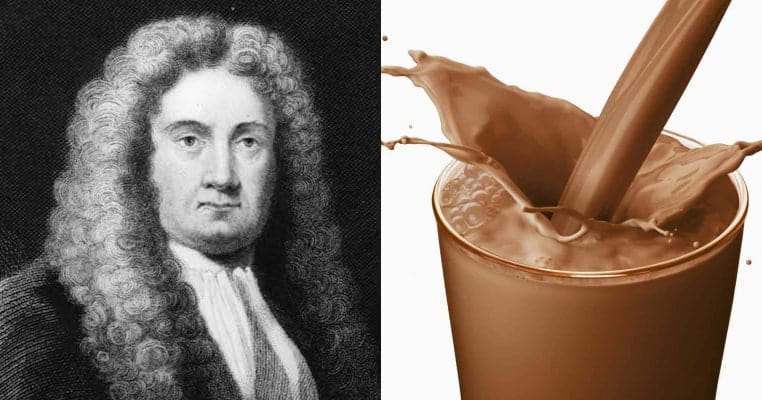
L'émergence et la popularité du chocolat solide
En 1828, le chimiste néerlandais Conraad Johannes van Houten a inventé une machine capable d'extraire le beurre de cacao des fèves de cacao et de produire ainsi de la poudre de cacao. Cette invention a rendu la fabrication du chocolat plus efficace et a également favorisé l'émergence du chocolat solide. Par la suite, en 1847, la société britannique Fry & Sons a créé la première barre de chocolat comestible.
Avec l'avènement de la révolution industrielle, la production de chocolat s'est industrialisée et est devenue plus rentable, et le chocolat est progressivement passé d'un produit de luxe à un produit de consommation de masse. Pour répondre à la demande croissante, la culture des fèves de cacao s'est déplacée des Caraïbes et de l'Afrique côtière vers l'Afrique de l'Ouest, et la Côte d'Ivoire est devenue l'un des plus grands producteurs de cacao au monde.
Rodolphe Lindt a inventé le procédé de conchage du chocolat à la fin des années 1880, ce qui a eu un impact profond sur l'industrie moderne du chocolat, rendant le chocolat plus délicat et plus lisse. Ce procédé a non seulement amélioré la qualité et la saveur du chocolat, mais il a également favorisé la production industrielle et la popularité mondiale du chocolat, jetant ainsi les bases de l'industrie moderne du chocolat.
En bref, le chocolat est passé d'une boisson amère à un plaisir universel en Europe et dans le monde entier, et a connu une transformation d'une mystérieuse denrée exotique à un en-cas quotidien, un processus accompagné d'exploration, de commerce, d'innovation technologique et de changement social.

L'évolution du chocolat moderne
L'évolution du chocolat est un processus long et complexe qui implique des innovations technologiques, des innovations gustatives et des changements dans les habitudes des consommateurs. Voici les principales étapes de l'évolution du chocolat moderne :
Au début du 20e siècle, le chocolat blanc a fait son apparition. Il ne contient pas de cacao et se compose uniquement de beurre de cacao, de sucre et de lait en poudre, ce qui lui confère un goût blanc et crémeux unique. Le chocolat noir à forte teneur en cacao s'est également progressivement popularisé, mettant en valeur la saveur pure du cacao, et est apprécié des amateurs de chocolat. Divers fruits, noix et épices comme la cannelle, le gingembre, la menthe, etc. sont ajoutés au chocolat pour créer des combinaisons de saveurs infinies.

L'histoire des en-cas enrobés de chocolat est relativement tardive, mais nous pouvons supposer que la popularité des en-cas enrobés de chocolat est liée à la popularité du chocolat lui-même dans le monde. Les fruits à coque enrobés de chocolat, tels que les cacahuètes et les graines de tournesol enrobées de chocolat, sont peut-être devenus progressivement populaires entre le début et le milieu du 20e siècle, au fur et à mesure que les barres de chocolat et la technologie de l'enrobage du chocolat évoluaient. Par exemple, les fèves au chocolat M&M's ont été lancées aux États-Unis en 1941. Il s'agit d'un petit bonbon enveloppé de chocolat. Leur succès a également inspiré le développement d'autres snacks similaires enrobés de chocolat.
La popularité de ces en-cas enrobés de chocolat peut être liée aux facteurs suivants :
L'innovation technologique : Les progrès de la technologie de l'enrobage du chocolat permettent d'enrober uniformément les noix, les bonbons ou les biscuits, ce qui améliore leur goût et leur durée de conservation.
Préférence de goût : La combinaison de chocolat et de fruits à coque, de bonbons et de biscuits offre un goût et une saveur riches, satisfaisant la préférence des consommateurs pour les saveurs sucrées et salées.
Commodité : Les en-cas enrobés de chocolat sont souvent de plus petite taille et utilisent des emballages portables, faciles à transporter et à manger pour les consommateurs, ce qui convient à un mode de vie rapide.
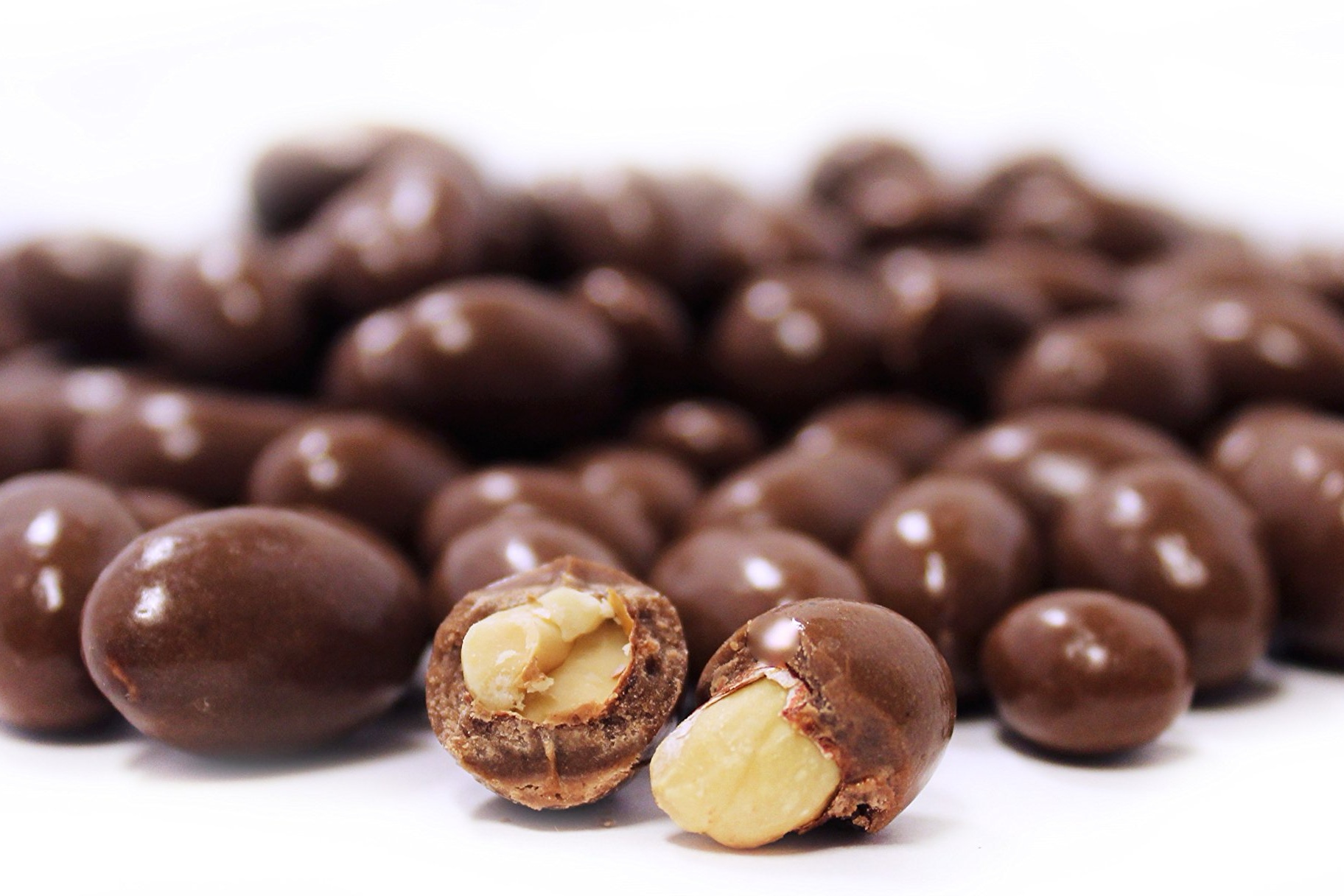
Snacks enrobés de chocolat en vrac Produit par Le fruit de la chance
Le snacks enrobés de chocolat en vrac produits par Lucky Fruit Le chocolat Lucky Fruit est un produit qui perpétue l'essence de l'histoire millénaire du chocolat, depuis la boisson sacrée de l'ancienne civilisation américaine jusqu'à l'apogée de la technologie moderne de raffinage suisse. Lucky Fruit utilise des fèves de cacao de haute qualité comme matières premières et adopte une technologie de production avancée pour créer des en-cas chocolatés délicats, onctueux et riches, vous procurant le plaisir ultime de voyager dans le temps et l'espace à chaque bouchée.
Lucky Fruit's vente en gros de produits enrobés de chocolat La ligne comprend graines de tournesol enrobées de chocolat, cacahuètes enrobées de chocolat, boules croquantes au chocolat, gommes au chocolat et bonbons au chocolat à éclateretc. Notre enrobage de chocolat peut être adapté à vos besoins, qu'il s'agisse de chocolat noir traditionnel, de chocolat au lait, de chocolat blanc ou de chocolat matcha.
Que vous soyez détaillant, traiteur ou fournisseur de cadeaux d'entreprise, Lucky Fruit's snacks enrobés de chocolat en gros sont le choix idéal pour optimiser votre gamme de produits et répondre aux besoins de vos clients. Nous nous engageons à fournir une chaîne d'approvisionnement stable et des services de personnalisation flexibles afin de répondre à vos besoins d'approvisionnement à grande échelle et de parvenir à une coopération gagnant-gagnant. N'hésitez pas à nous contacter pour une consultation ou une demande de renseignements !

